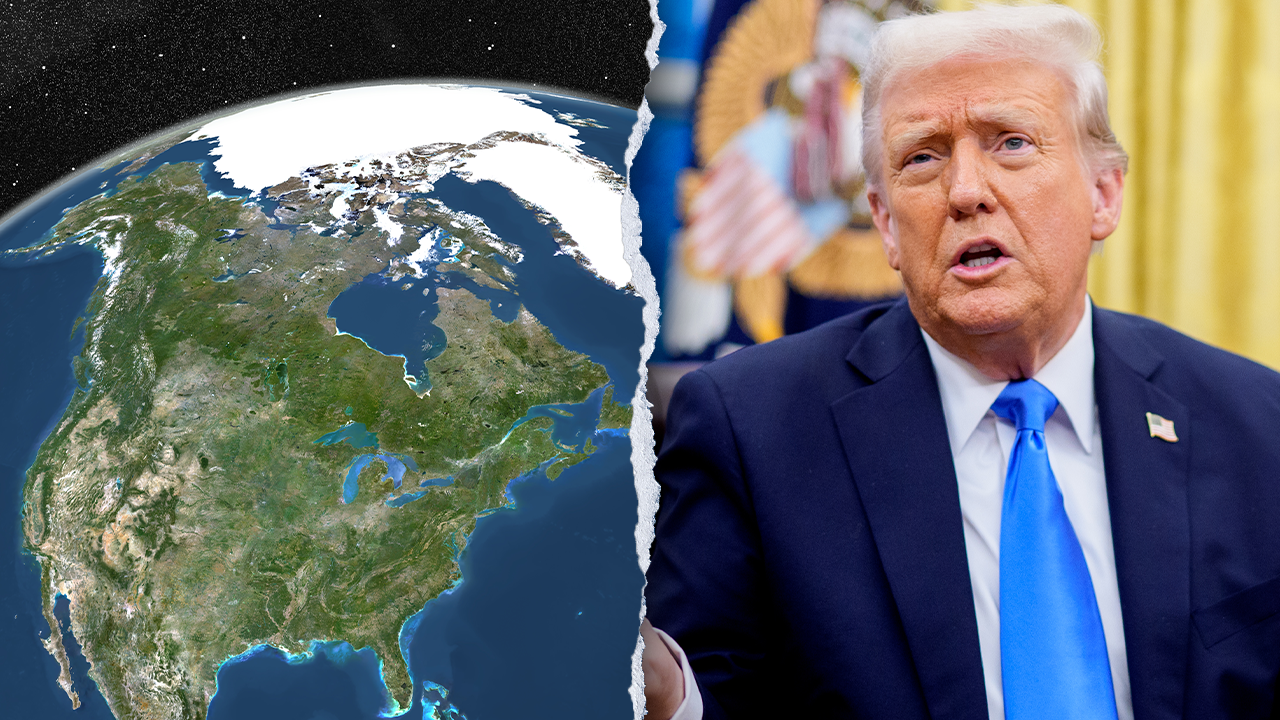The Trump administration has not staffed an office established by Congress to prepare the nation for future pandemics, according to three sources familiar with the situation.
The White House Office of Pandemic Preparedness and Response Policy was established by Congress in 2022 in response to mistakes that led to a flat-footed response to the Covid-19 pandemic.
The office, called OPPR, once had a staff of about 20 people and was orchestrating the country’s response to bird flu and other threats until January 20, including hosting regular interagency meetings to share plans.
As of this week, only one staffer will remain, and it’s unclear who that person reports to, according to a source who spoke on the condition of anonymity because they were not authorized to share the information. OPPR’s pages have also been removed from the White House website.
The new administration has not halted the country’s response to bird flu completely, but recent agency announcements and interviews with government sources show its focus has changed. For example, a leading goal of the response now is to bring down egg prices, rather than tackling the spread of the virus or preparing for a worst-case scenario in which the virus mutates and spreads easily from person to person.
OPPR exists “in name only,” said a source familiar with the status of the office who worked inside the White House during the last administration. “It has fallen into the abyss.”
Trump downsizes pandemic planning
President Donald Trump disbanded a similar White House pandemic unit in 2018 and was heavily criticized for the move when Covid-19 hit the US.
Despite this, in an interview with Time magazine when he was campaigning in April, Trump said he thought he would disband OPPR if elected because it was expensive and potentially wasteful when pandemics are difficult to predict.
In reality, Friedrichs said, OPPR operated on a shoestring. The office was established without a budget. “That was one of the real challenges,” said Friedrichs, who was the office’s inaugural director.
Eventually, Congress was able to add money to the budget of the Executive Office of the President, but it wasn’t specifically designated for OPPR. Friedrichs said they estimated that if the office performed all the functions it had been assigned, it would cost about $6.8 million. That money was never appropriated by Congress, however, because the government has been functioning under a series of temporary stopgap measures called continuing resolutions since the office was created in 2022.
OPPR was staffed by people who were detailed, or assigned, to the office from other organizations, which agreed to continue paying their salary while they worked for OPPR. Nearly all have gone on to other opportunities, Friedrichs said.
On January 20, the first day of his second term, Trump issued an executive order that laid out the structure of his National Security Council, naming the director of the Office of Pandemic Preparedness and Response Policy as having a seat on the council.
During the first few weeks of the administration, the White House quietly hired Dr. Gerald Parker, a veterinarian with a long history of government service and expertise in zoonotic diseases, or infections that can be transmitted from animals to people. His appointment was never formally announced but was reported in the media. Infectious disease experts praised the move to bring him into the administration.
Parker’s title is senior director for biosecurity and pandemic response. He sits on the National Security Council and has been attending meetings on bird flu, a source said.
The White House press office did not respond to a request to interview Parker and did not answer questions about Parker’s role or title, or whether his office has a budget or staff.
Friedrichs said he has not been able to meet with Parker since he was appointment and never had an opportunity to hand off OPPR’s work to him.







